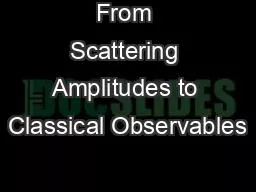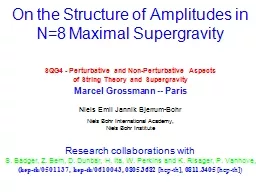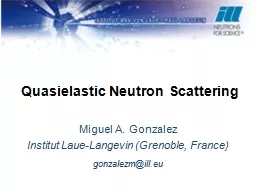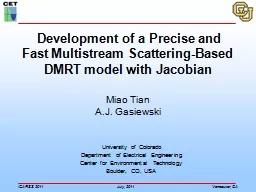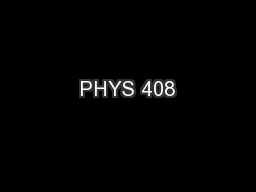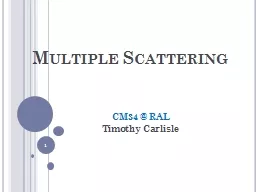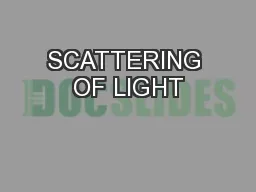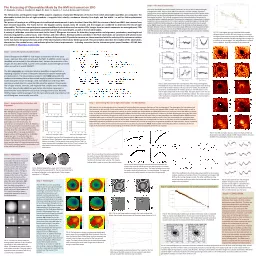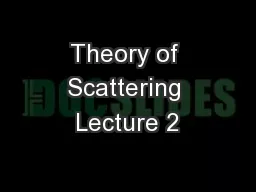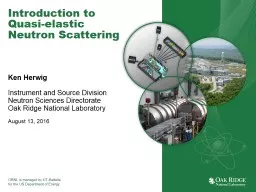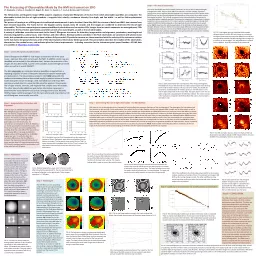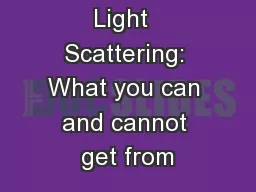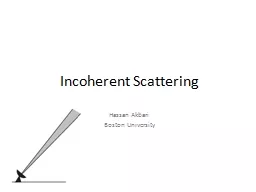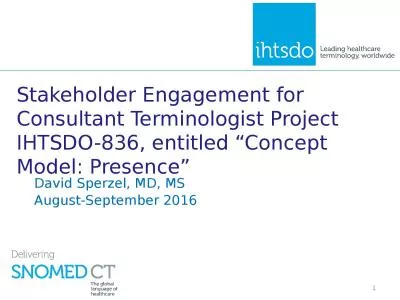PPT-From Scattering Amplitudes to Classical Observables
Author : fluental | Published Date : 2020-10-22
David A Kosower Institut de Physique Th é orique CEA Saclay work with Ben Maybee and Donal OConnell Edinburgh arXiv181110950 by Ben Maybee Donal OConnell
Presentation Embed Code
Download Presentation
Download Presentation The PPT/PDF document "From Scattering Amplitudes to Classical ..." is the property of its rightful owner. Permission is granted to download and print the materials on this website for personal, non-commercial use only, and to display it on your personal computer provided you do not modify the materials and that you retain all copyright notices contained in the materials. By downloading content from our website, you accept the terms of this agreement.
From Scattering Amplitudes to Classical Observables: Transcript
Download Rules Of Document
"From Scattering Amplitudes to Classical Observables"The content belongs to its owner. You may download and print it for personal use, without modification, and keep all copyright notices. By downloading, you agree to these terms.
Related Documents

